The Anna Safley Houston Museum of Decorative Arts is an integral part of the Bluff View art district in downtown Chattanooga. The museum is a quick stroll from the Hunter Museum of American Art, the River Gallery Sculpture Garden, fine and casual dining, and the Walnut Street walking bridge that crosses the Tennessee River. A tour of the museum, with its extensive collection of Victorian art glass and antiques, provides visitors with insight into Victorian life, the life of the collector, and life in the historic Bluff View neighborhood.
A B O U T A N N A S A F L E Y H O U S T O N
Anna Safley was born in Evening Shade, Arkansas, in 1876, about the time that Americans were becoming enamored with a colorful new creation, art glass. Married – and divorced – at least nine times, Anna came to Chattanooga with her second husband, and she quickly became a fixture in town as a businesswoman. She was a shrewd bargainer, and she began her antiques business by making purchases from local farmers, often carrying furniture home on her back. Later she bought from dealers in the United States, Mexico, and Canada. It is said that her favorite husband, James W. Houston, was not wealthy, but he had a possession of great value to Anna: a truck for transporting purchases from the freight office to her shop.
Though she had a limited education, Anna Houston became a noted expert on things Victorian. Throughout her life, she treasured the collections more than her personal well being, and she continued collecting through the Great Depression and beyond. In the 1930s she singlehandedly built a barnlike structure where she housed her collection, her fox terrier Sonny, and herself until her death in 1951. She organized the museum before her death and left her estate to museum trustees to provide future generations with an appreciation of art glass and antiques.
A B O U T T H E C O L L E C T I O N
Visitors to the Houston Museum are consistently struck by the quality of Anna Houston’s glass objects, from water pitchers (trustees counted 15,000 in her barn after her death) to a group of miniature oil “courting” lamps. She collected very rare examples of cut glass, satin glass, Peach Blow pitchers and cruets, Burmese glass objects, cameo glass, and cranberry glass. Manufacturers represented in the collection include Steuben, Tiffany, Durand, Loetz, and Fenton.
Though art glass was her specialty, Anna purchased American antique furniture too. Art glass is displayed atop sugar chests, corner cupboards, tables, and dressers. The museum displays Anna’s chairs and rockers, including a hickory “nanny cradle” dating to 1810. Music boxes, scrimshaw, coverlets and quilts, and antique German steins help round out a collection that represents many facets of Victorian life.
A B O U T T H E H I S T O R I C H O M E A T 2 0 1 H I G H S T R E E T
Anna Houston never occupied the house at 201 High Street, but this Victorian structure serves as a fitting showcase for the Houston collection. The house was built in the mid 1890s and enjoyed by several families before the museum purchased the property in 1968. Heavy wood interior construction, a solid brick masonry exterior, a slate tile roof, and tongue-and-groove hardwood floors set the tone for a step back into the turn-of-the-century life evoked by the Houston collection. The museum has not significantly modified the building, except to glass in the front porch to create an enclosed gift shop.



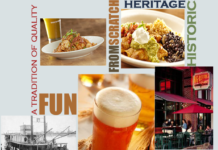


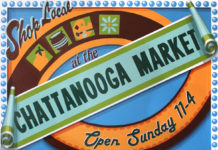



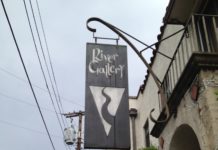























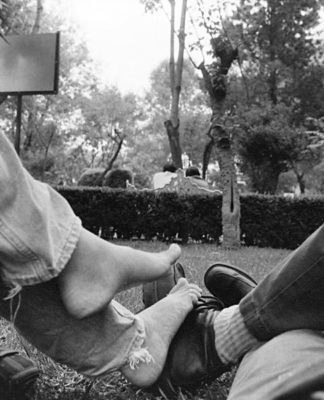
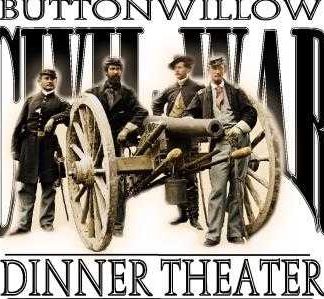


After I originally commented I clicked the -Notify me when new comments are added- checkbox and now each time a remark is added I get 4 emails with the same comment. Is there any method you possibly can take away me from that service? Thanks!
Thanks for the feedback, we will definitely look in to it!